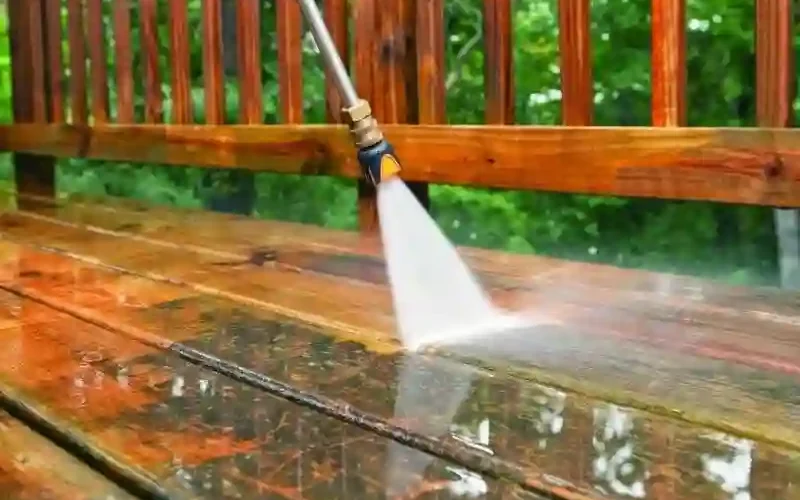When it comes to keeping surfaces clean and maintaining the appearance of your home, nothing beats the power of a pressure washer. Power washing can make quick work of removing dirt, grime, and mildew from a variety of surfaces that you might otherwise have trouble cleaning. Here’s an Essential Guide to Power Washing – Get the Most from Your Pressure Washer to help you get the most out of your pressure washer.
Choose the Right Nozzle for Your Needs
The nozzle is one of the most important parts of any pressure washer because it determines the strength and angle of your water jet. Different nozzles are designed for different jobs, so be sure to select the right one for your needs. If you’re not sure which nozzle is best for your project, consult your user manual or talk to an expert at your local home improvement store.
Create Cleaning Solutions When Needed
You can often get great results just by using water with your pressure washer, but some projects may require additional cleaning agents or solutions. Before creating any solutions, always read the instructions on your product’s label and wear protective gear if needed.
Begin with a Low Setting
Before dialing up the power on your pressure washer, always start by using a low setting such as a fan tip or 15-degree nozzle so that you don’t damage delicate surfaces such as painted walls or wood siding. After checking that everything looks ok with this lower setting, you can then increase it if necessary to increase the effectiveness against tougher dirt and stains.
Use Slow Movements For Maximum Effectiveness
Pressure washing is most effective when done slowly and methodically; too fast and you might miss hard-to-reach spots or just spread grime around instead of removing it completely. Start in one corner or spot and slowly move until reaching another edge in order to build up layers of soap suds before rinsing them off with high-pressure water bursts in between passes to break up tough dirt patches or stains.
Cement Work Requires Special Care
If dealing with concrete cracks or masonry walls, applying too much pressure can do more harm than good since cinder block’s porous nature absorbs too much water which damages underlying layers upon drying causing further cracking or even collapse in severe cases when using higher settings on power washers intended for vehicles only — always go slow here!
Turn off Your Pressure Washers after Use
Make sure to turn off every component once done using a power washer since leaving engines running in idle wastes fuel and causes unnecessary wear on components that can reduce their functionality over time—even when not actively cleaning anything they are still spinning while activated.
Take Regular Breaks In Between Jobs When working outdoors during periods where temperatures reach unsafe levels (over 80°F), take regular breaks in shady areas every few hours following safety guidelines recommended by experts like drinking plenty of fluids, wearing lightweight clothing that covers skin exposed directly into sunlight rays such as long sleeves shirts etcetera…and wearing sunblock as well.





